Priority and Metrics
- Maximize dual and traditional enrollment and QVCC graduates (16–24-year-olds) through alignment of curriculum and programming with Quinebaug Middle College and area high schools.
- Grow the adult learner population (25–75-year-olds) through engagement and programming opportunities with local and regional business and industry, adult basic education, ESL, Brooklyn Correctional Institute (BCI), and non-credit programs.
- Engage the Regional Advisory Council, Chamber of Commerce, and EWIB in proactive listening sessions to identify emerging opportunities to collaborate and leverage resources to better meet business needs and strengthen connections with our local and regional employers.
- Strengthen articulation agreements with regional partners, Eastern Connecticut State University, University of Connecticut (UCONN), and Nichols College.
- Expand prior learning assessments and recognition of the demonstration of competency to coordinate partnerships with area businesses and Eastern Workforce Investment Board including expanded internships/externships and field experiences.
- Increase the number and percentage of students enrolled in high school partnerships, increase the student success and retention rates of these students, study their rates of high school graduation and matriculation to QVCC, and see incremental growth in these areas.
- Increase the number and percent of adult learners enrolled at QVCC, increase their retention, and complete rates.
- Increase course offerings and enrollment at BCI and study their retention and completion rates.
- Host three listening sessions with a focus in the following sectors: health care, information technology, and manufacturing to learn how the college can better support the needs of local business and industry.
- Conduct a survey of local business and industry to learn their thoughts on how the college could better support their needs.
- Measure the baseline data of students who are benefiting from our existing articulation agreements, meet with senior leaders at each institution and identify areas of potential expanded collaboration and create next steps.
- Review the process for awarding credit for prior learning through local and state curriculum boards and expand opportunities with non-credit and national technical attainment measures to be awarded credit equivalencies.
- Code students who acquire credit for prior learning to study rates of retention and degree completion.
